The blooming plant known as shepherd's purse, or Capsella bursa-pastoris, belongs to the mustard family. It is one of the most widespread wildflowers on Earth, growing everywhere. The little triangular fruits that resemble a pocketbook and give rise to its name.
Two cups of tea each day beginning 7-8 days before the onset can assist to regulate the menstrual cycle in cases of heavy menstruation. The herb works best as a decoction to stop bleeding, and sitz baths can help with haemorrhoids, chronic diarrhoea, and dysentery.
Table of Contents
Shepherd's purse is an excellent astringent and should be consumed in cases of hernia, prolapsed uterus, or rectum. Because of its diuretic properties, which cause it to enhance urine flow, tea is also recommended for fluid retention.
About Shepherd’s purse:
Due to its triangular, purse-like seed pods, Capsella bursa-pastoris is most commonly referred to as shepherd's purse. This little (growing up to 40 cm tall) annual has a rosette of lobed leaves at the base, a branched stem, and smaller leaves, as well as a thin, flexible, slightly hairy white taproot.
It blooms all year long with tiny white flowers that grow into seedpods with two cells that are about 5 mm long and hold a variety of tiny seeds. The ripe seeds are released when the pod splits in half due to drying. The plant belongs to the Brassicaceae, or mustard family, and is self-fertile. It can withstand unfavourable conditions and flourish in any well-drained soil with sun or moderate shade.
Warm and temperate regions both have Shepherd's Purse. It has been consumed as food for a very long time; seeds were discovered in the stomach of the Tollund man (c. 500 BC–AD 400) and at a different site that dates back to 5950 BC.
Shepherd’s purse’s parts that are used:
From late spring to autumn, whole plants are harvested and either utilised fresh or dried in bunches for liquid extracts, decoctions, and infusions. For use in cooking, leaves and seed pods are collected as needed. The smell of the plant when it is being harvested is distinct and disagreeable, but it has no impact on the flavour. If the herb is stored in dry form for longer than a year, it will swiftly lose its potency.
Culinary use of Shepherd’s purse:
The shepherd's purse is one of the earliest wild greens to sprout in the spring and is currently grown in a number of eastern nations where it is stir-fried with rice cakes and other seasonings. It is a component of the wonton filling and a component of Nanakusa-no-sekku, the emblematic meal served at the Japanese spring festival. You can consume the leaves, early blooming branches, and seeds raw or cooked.
The leaves, which can be used in place of cress and cabbage, get pepperier with age. The young leaves in the early spring, before the flower stalks emerge, are nice in salads or prepared as greens.
Health benefits of Shepherd’s purse:
- Anti-hemorrhagic – it aids in stopping nosebleeds, wounds that won't stop bleeding, intestinal bleeding, uterine bleeding, stomach bleeding, passive bleeding from mucous membranes, bleeding haemorrhoids, and bleeding from the kidneys (when taken with Horsetail).
It has traditionally been applied externally as an astringent and styptic to cure wounds.
- Antiscorbutic: Shepherd's Purse contains vitamin C, which can be used to treat or prevent scurvy. It treats digestive disorders such persistent diarrhoea, colic, and dysentery and encourages bowel motions by causing intestinal contraction.
- Diuretic: It causes a rise in urine production and flow, which clears the urinary system. It can be used to treat kidney problems, bedwetting in children, abscesses and ulcerated diseases of the bladder and ureters, irritation of the urinary system brought on by uric acid or insoluble phosphates or carbonates, and urine with white mucus discharge.
- Stimulant: It stimulates or accelerates the functional activity of the tissues by providing additional energy and is occasionally advised as a general tonic.
- Anti-cancer: Shepherd's purse is a traditional cancer treatment. Fumaric acid, which is present in it, significantly decreased the growth and survivability of Ehrlich tumours.
- Vasoconstrictor and cardiovascular: Shepherd's Purse is a circulation-equalizing herb that is a vasoconstrictor and cardiovascular that controls heartbeat, normalises circulation, and may assist to treat high or low blood pressure.
It is traditionally used during or after childbirth, to soothe menopause, and to ease painful menstruation due to its known uterine-contracting characteristics.


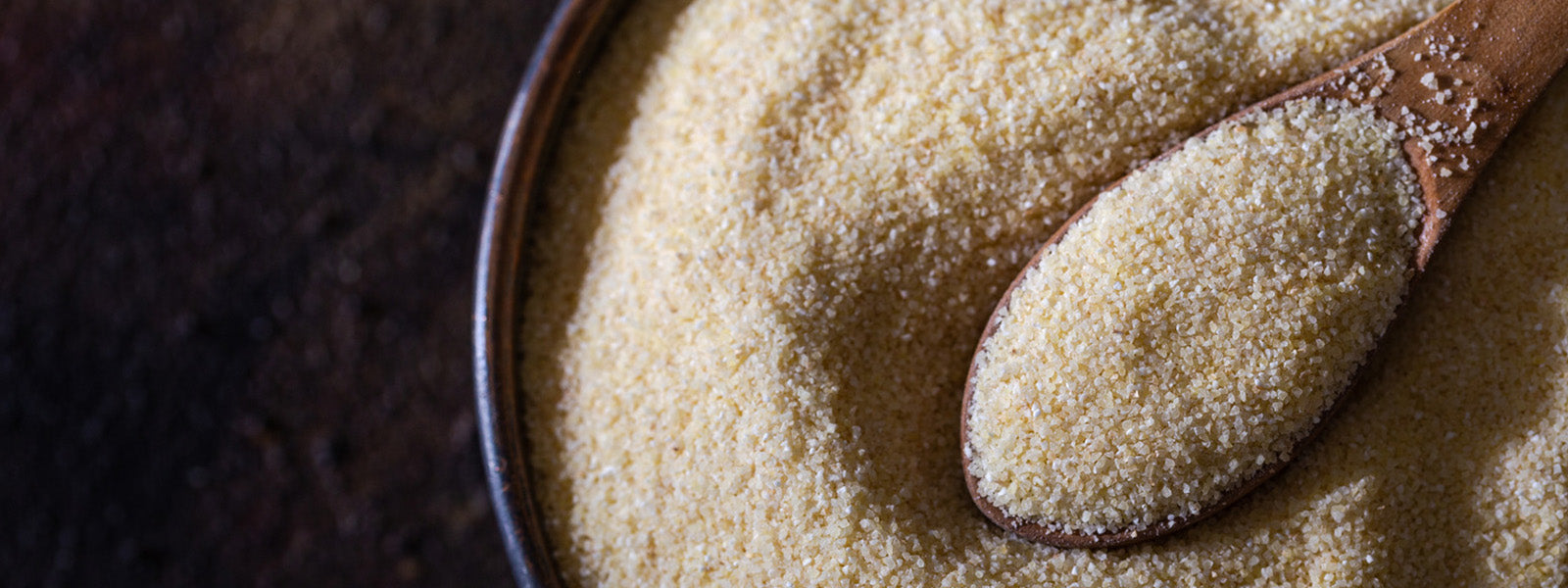
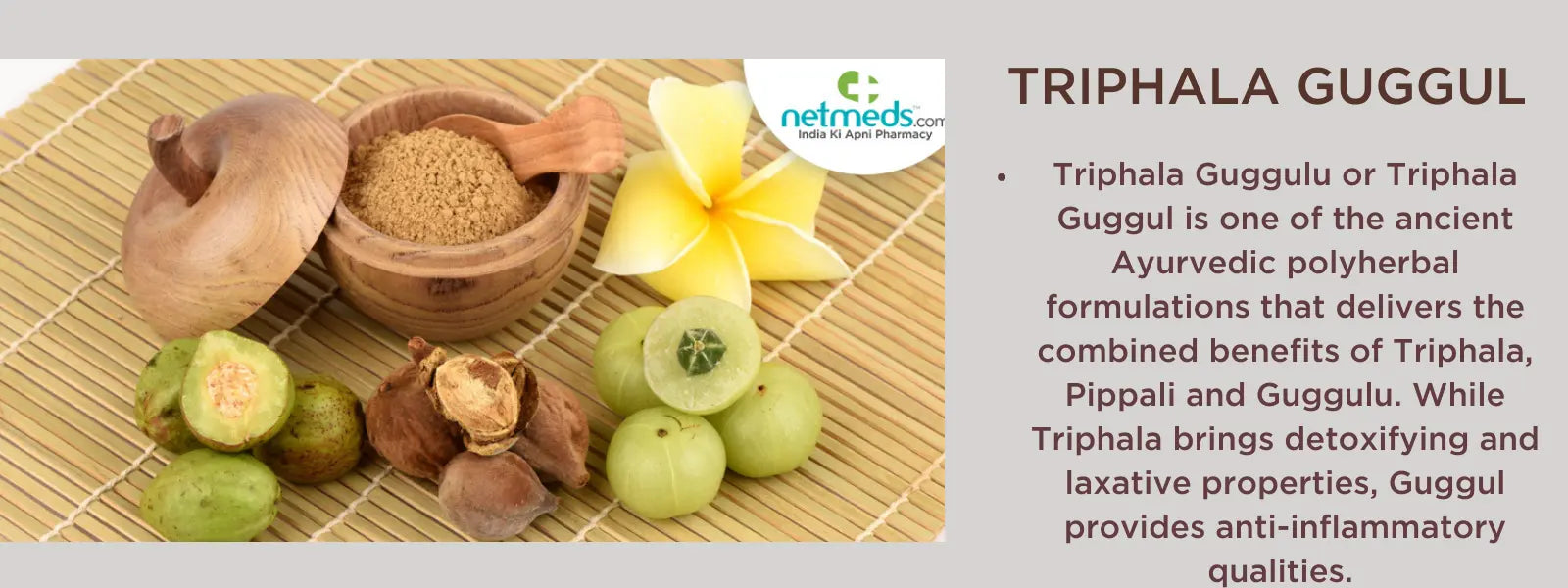
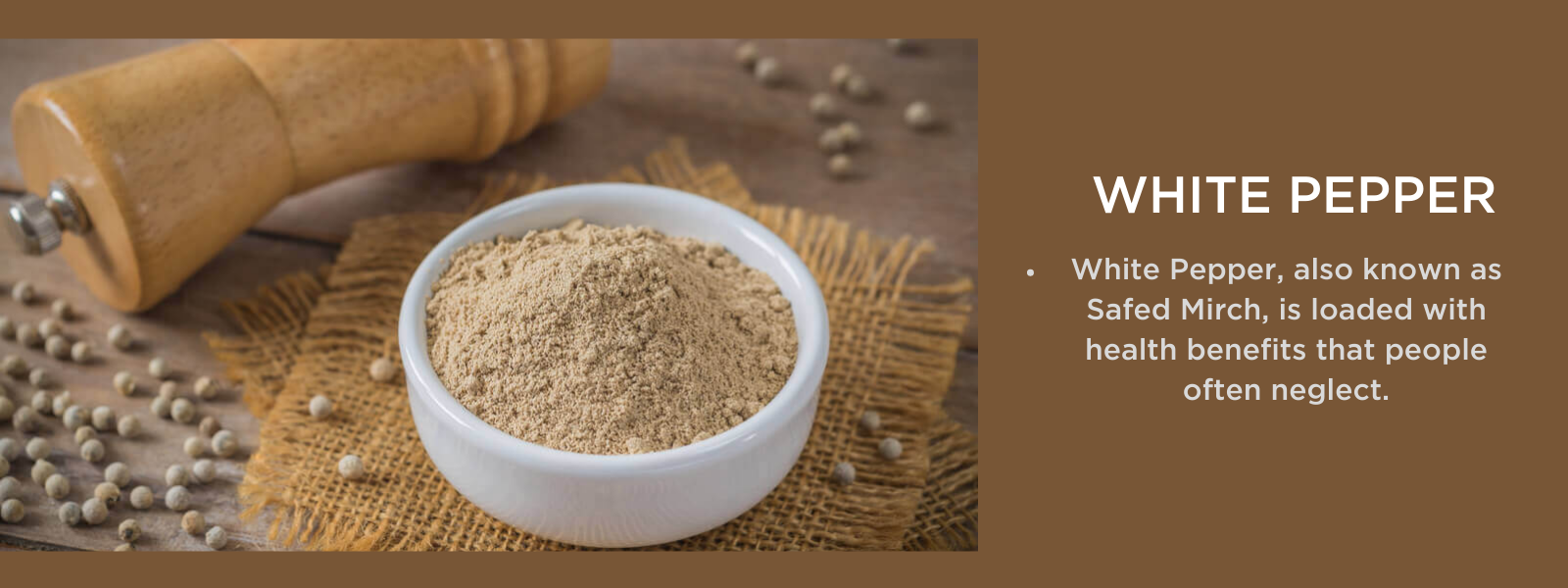
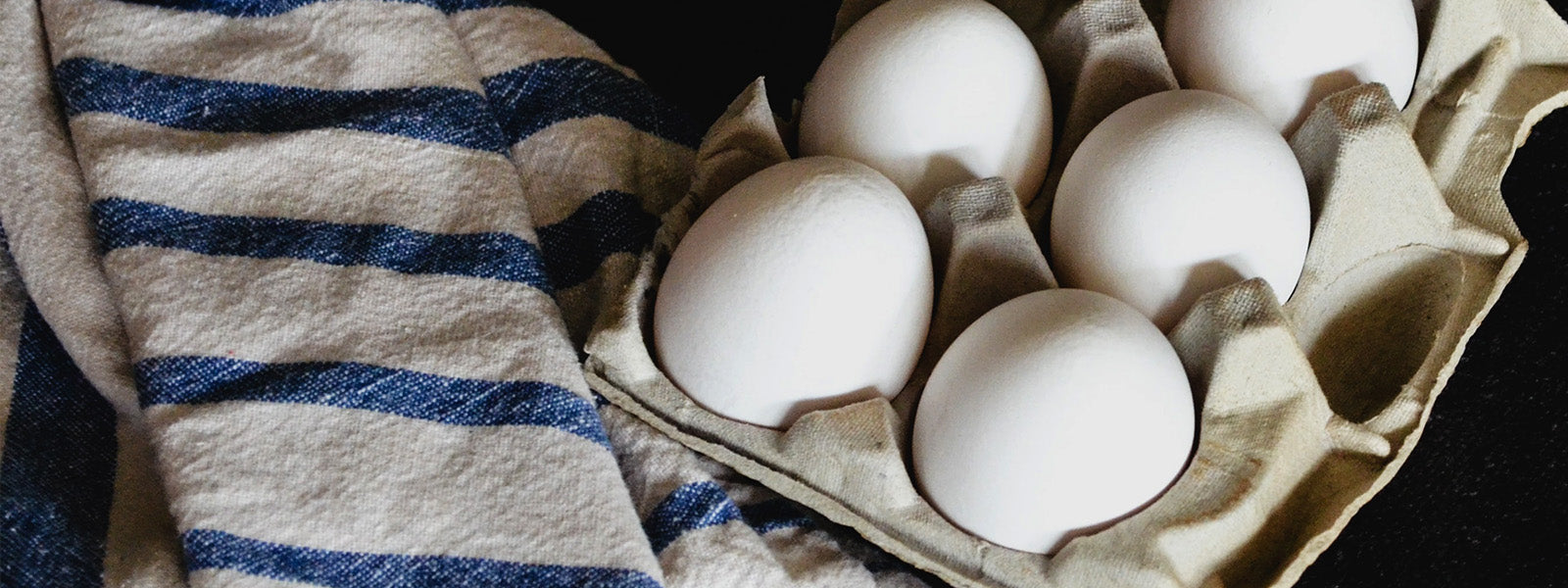
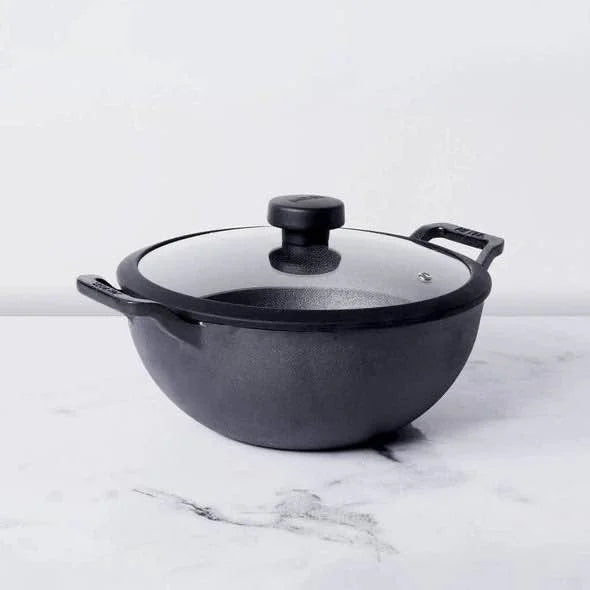




Leave a comment